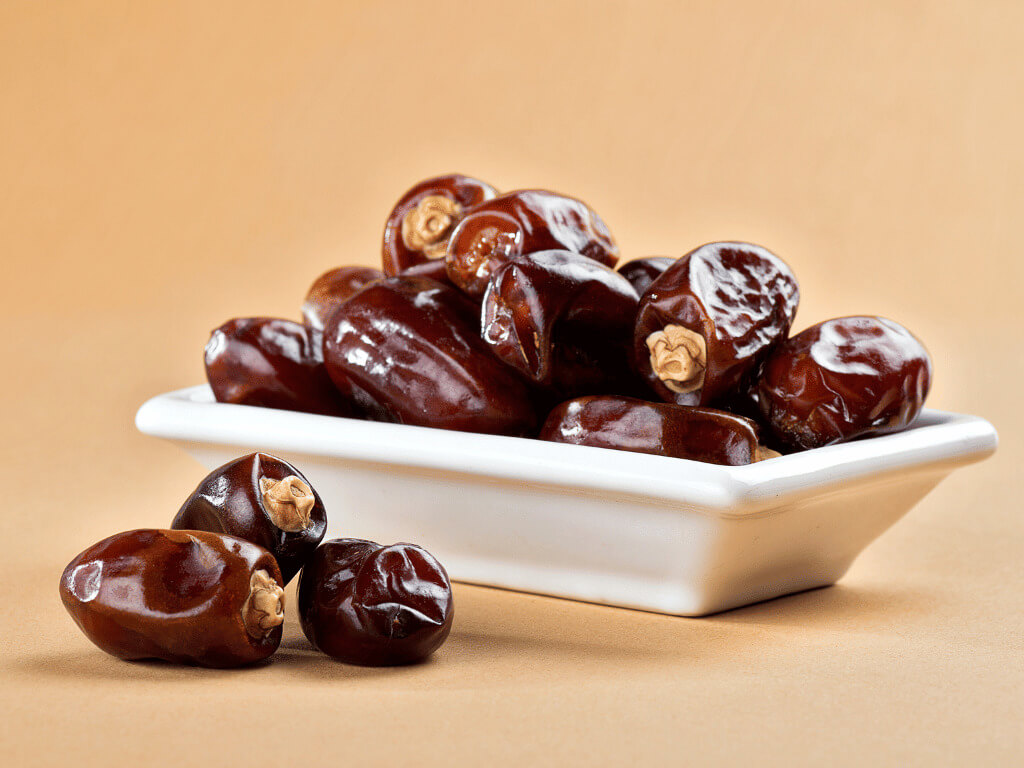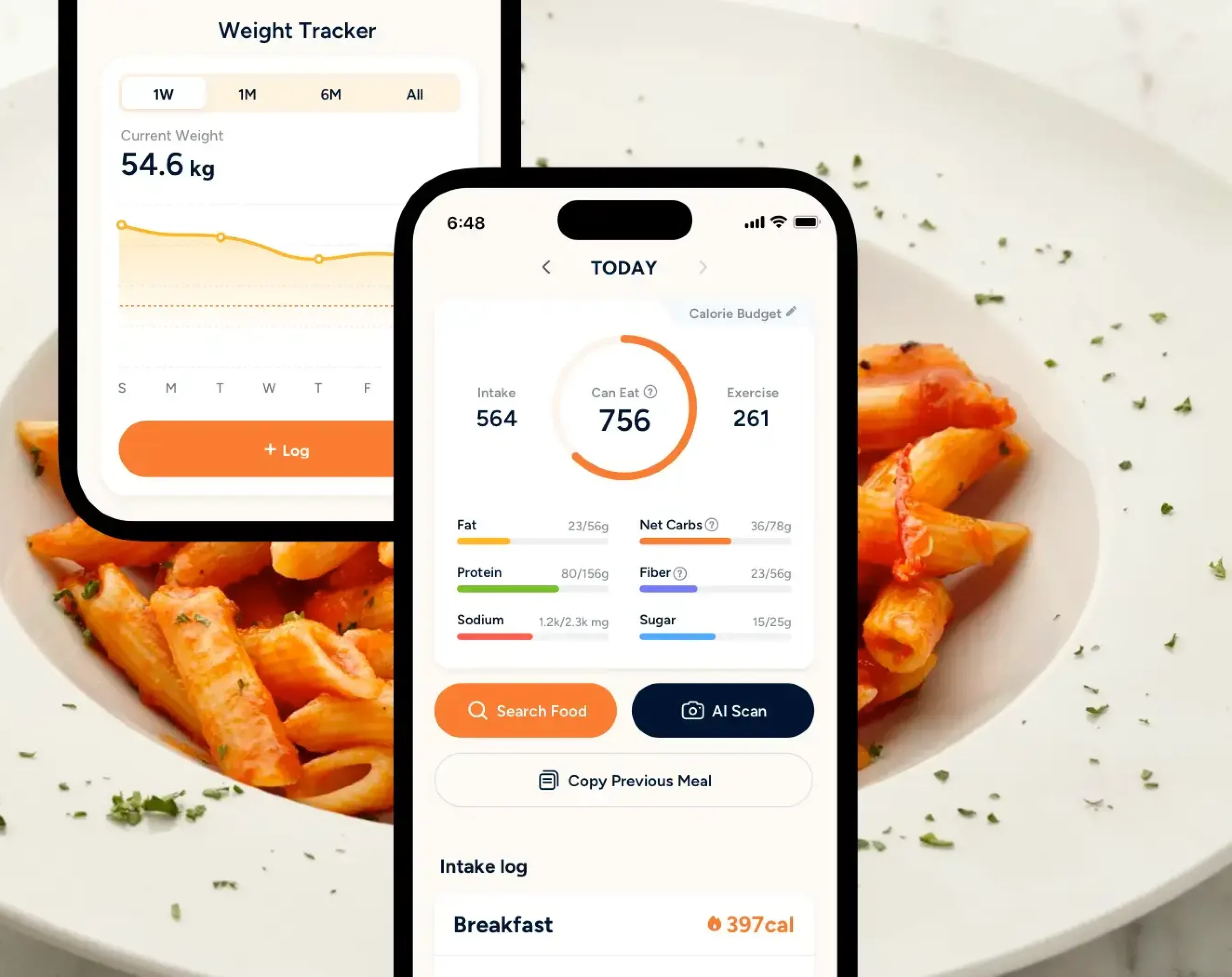Women go through a process known as menstruation every month. Sometimes, in this process, a woman may experience extreme cramps, bloating and fatigue can be a huge challenge. While heating pads and painkillers offer quick relief, what you eat also plays a powerful role in how your body handles menstrual pain. In this article, we’ll take a look at the 10 best foods that can help with period cramps and support your overall well-being.
Key Takeaways
- Menstrual cramps occur as the uterine lining sheds, and overproduction of prostaglandins or underlying conditions
- Consuming anti-inflammatory and nutrient-rich foods can help relax muscles, reduce inflammation, and balance hormones, complementing other treatments like painkillers, heat therapy, or exercise.
- Foods high in magnesium, omega-3s, calcium, and vitamins B6, D, and E can ease cramps.
- Dark chocolate may reduce menstrual pain and anxiety due to compounds like copper, which aids collagen and endorphin production.
- Highly inflammatory or processed foods—such as alcohol, coffee, red meat, fatty/spicy foods, refined sugars, and refined grains.
What Are Period Cramps?

Menstruation is a period of vaginal bleeding that a woman experiences during their monthly cycle. It’s a normal process that happens to break down the excess uterine lining.
During this time, it’s also common for many women to experience some amount of throbbing or aching pain. This is known as menstrual cramps or period cramps. However, if the pain is severe or feels uncomfortable enough that treatment is needed, this may refer to a condition known as dysmenorrhea [1], [2].
Dysmenorrhea can be classified as primary dysmenorrhea or secondary dysmenorrhea. Primary dysmenorrhea is defined as frequent lower abdominal pain that happens during the menstrual cycle and is not caused by any underlying medical conditions.
On the other hand, secondary dysmenorrhea can be defined as frequent lower abdominal pain, caused by an underlying medical condition that affects your uterus [3].
Why Do Menstrual Cramps Happen?
Before we look at the causes of period cramps, we need to understand more about the menstrual cycle.
Every menstrual cycle, the uterine lining will keep growing until it’s thick, in anticipation of a potential pregnancy. If the female egg cell is not fertilized, the top layer of the uterine lining will then be shed off during menstruation.
During the shedding process, the muscles of the womb will go through several muscle contractions and muscle relaxations at irregular intervals to get the lining to detach and flow out through the body. This process is what causes women to feel period pain or period cramps. Some women may experience mild cramping, while some may experience painful cramps [4].
Painful periods can be caused by overproduction of prostaglandins, fibroids or polyps in the womb, endometriosis, or the use of intrauterine devices (IUD).
What Helps with Period Cramps?
There are a few different ways to relieve menstrual cramps. The most commonly recommended treatments are [5], [6]:
- Taking pain relievers: Over-the-counter pain relievers such as ibuprofen or naproxen sodium can help to temporarily relieve the pain of the cramps.
- Using hormonal birth control: Oral birth control pills may also be prescribed by your health care provider if your menstrual cramps are determined to be severe. A pill typically contains hormones to prevent ovulation and reduce menstrual pain. It can come in a pill, injection, patch or implant.
- Using heat pads: Heat pads can help to relax the muscles, reducing the pain intensity of period cramps for up to a few hours.
- Doing exercise or light stretches: While it may seem counterintuitive, doing exercise or light stretches like yoga can help to stretch out the muscles and boost hormones like progesterone and dopamine to reduce pain.
- Trying acupuncture: Acupuncture may also be a safe and effective way to reduce short-term menstrual pain. Acupuncture is said to have anti-inflammatory effects.
- Improving your diet: Eating a diet that is lower in inflammatory foods, rich in fruits and vegetables can help to ease cramps.
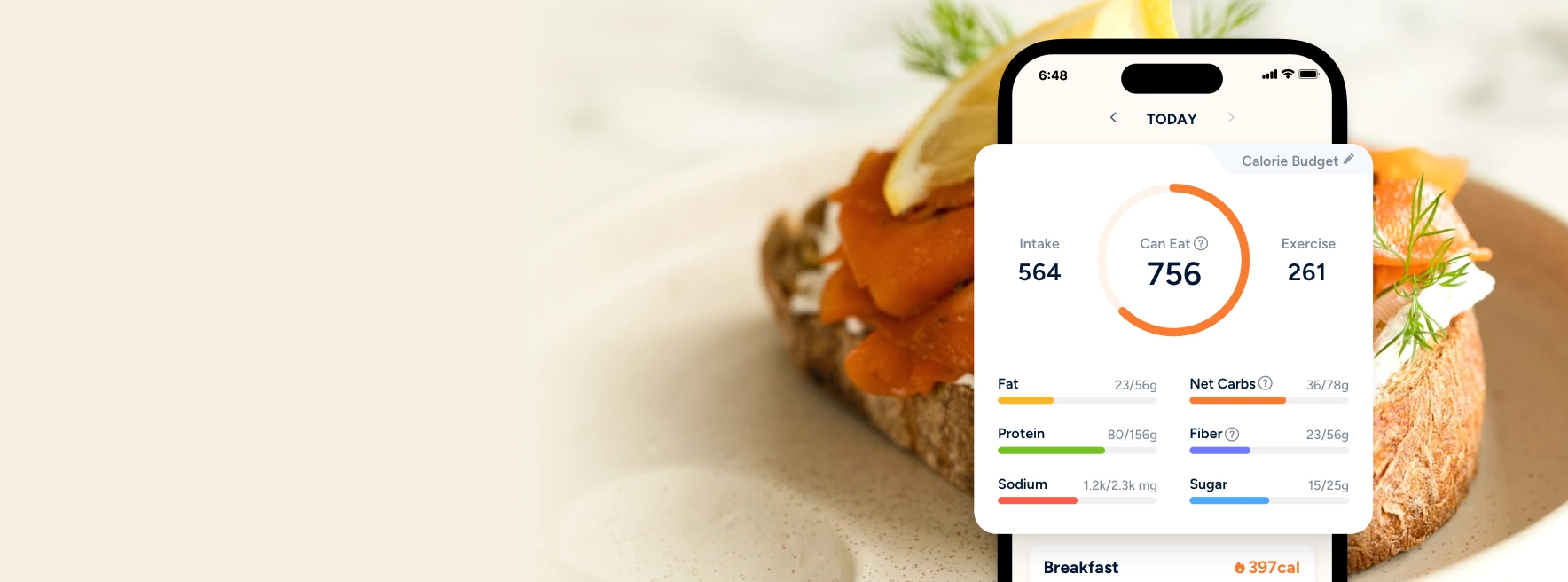
Smarter Nutrition Tracking
Track calories and over 100 other nutrients all in one place.
Download Eato For Free10 Foods That Help with Period Cramps
1. Almonds
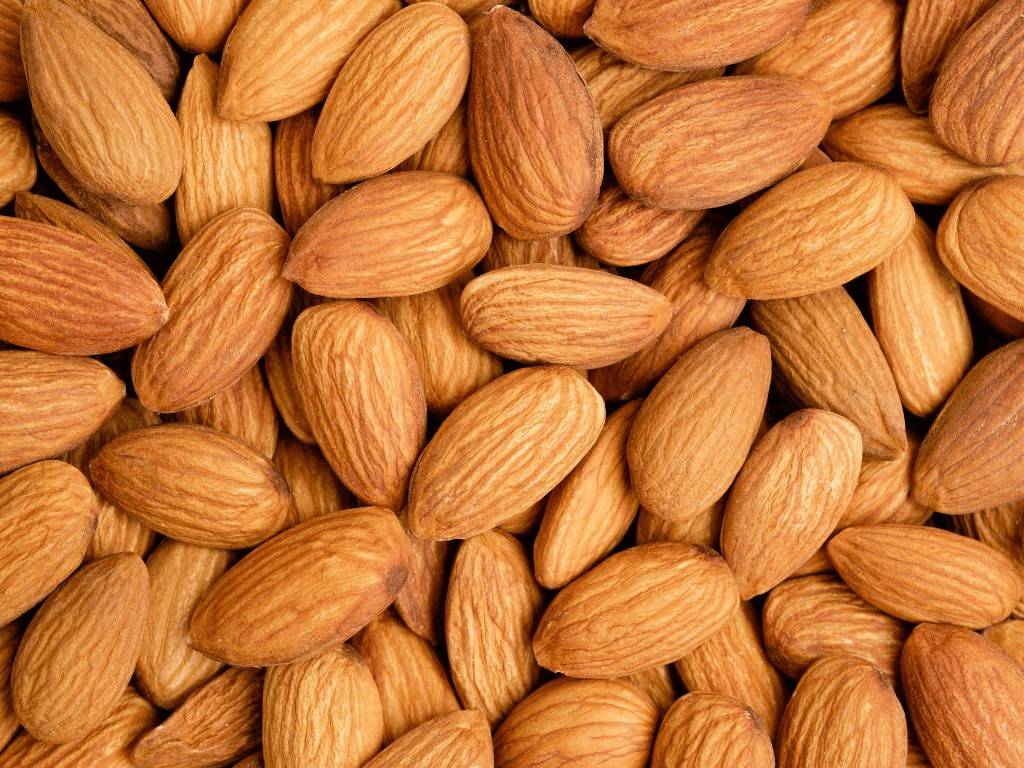
Nuts like almonds are a good source of minerals and unsaturated fats. Almonds are also high in magnesium, which can help with lessening of period pain. Magnesium helps to relax muscle tension, thus contributing to the relief of menstrual cramps.
2. Avocado
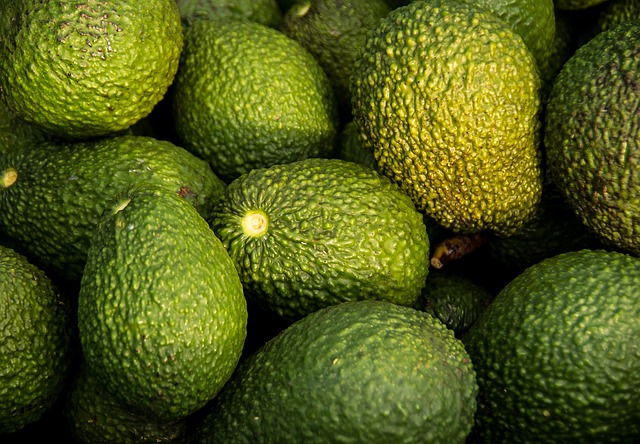
Avocado contains nutrients that can help to relax the uterine muscles, reduce inflammation, and promote good hormonal balance. It’s high in magnesium, potassium, omega-3 fatty acids, and antioxidants.
3. Banana
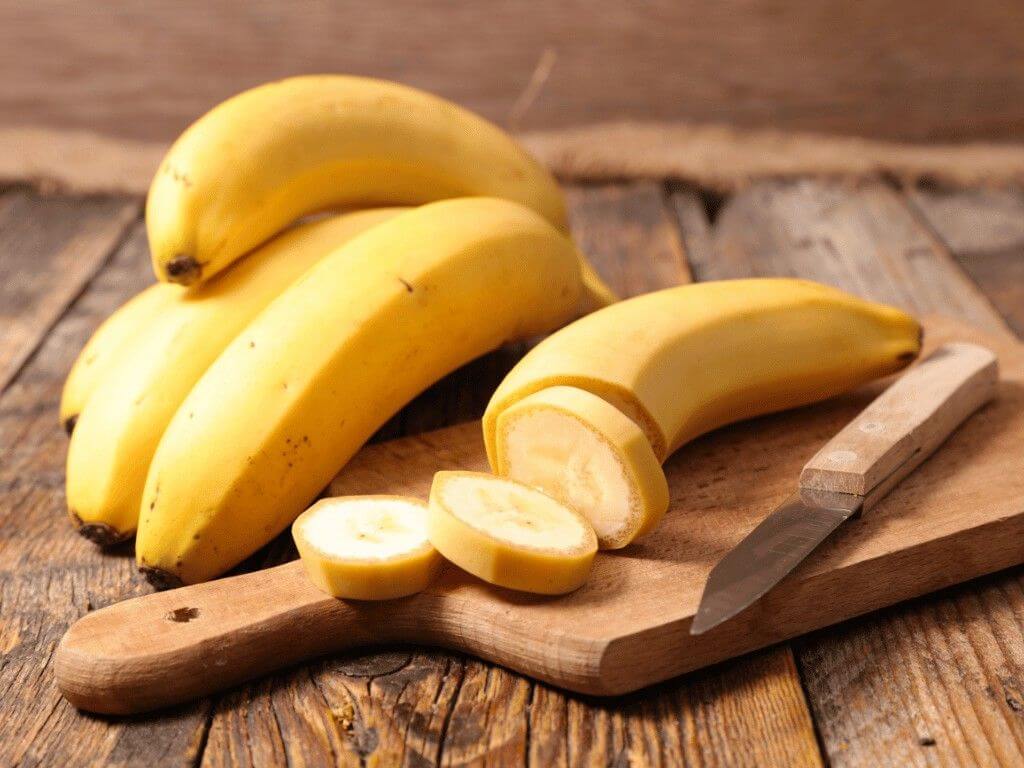
Bananas are a nutrient-dense fruit rich in potassium, vitamin B6, and magnesium. Potassium and magnesium work to relax the muscles and reduce bloating, while vitamin B6 helps to regulate the bowels. Potassium helps to maintain the fluid balance within the body, while magnesium helps to relieve muscle cramps.
4. Chia seed
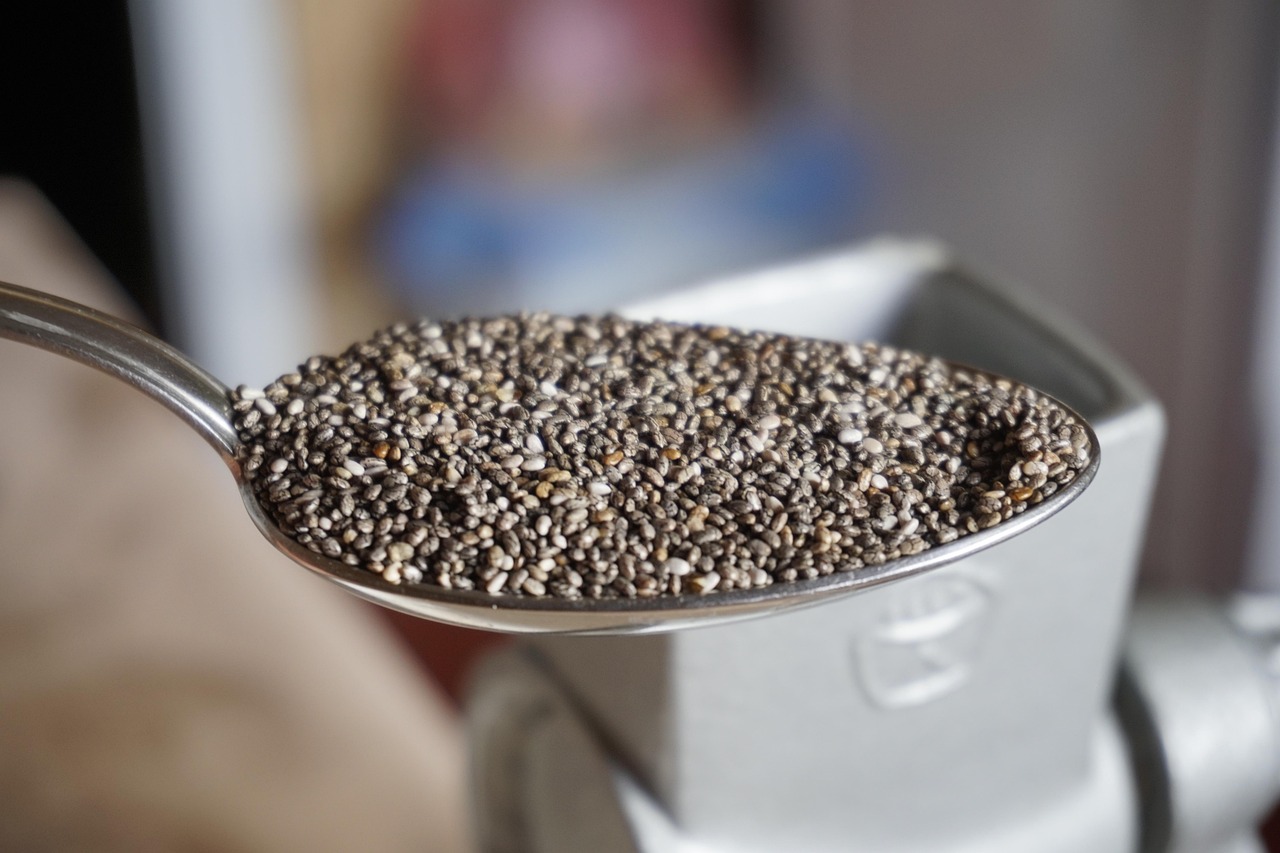
Chia seeds are loaded with omega-3 fatty acids, which have natural anti-inflammatory properties. Omega-3s can help reduce prostaglandin production. Prostaglandins are the hormones responsible for uterine contractions and cramp intensity [7].
5. Dairy
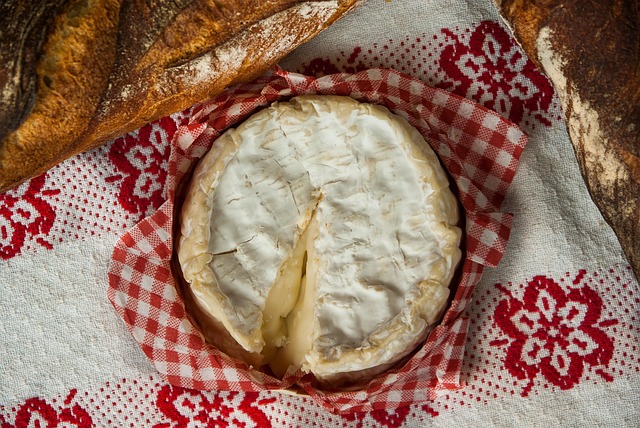
Low-fat dairy products may provide calcium and vitamin D. Both of these play a role in reducing muscle tension and discomfort that can come as the uterine lining is being shed.
A study found that women with higher calcium and vitamin D intake experienced less severe PMS symptoms compared to those who had a lower calcium and vitamin D intake [8].

Smarter Nutrition Tracking
Track calories and over 100 other nutrients all in one place.
Download Eato For Free6. Eggs

Eggs are packed with vitamin D, vitamin B6, and vitamin E. All of these vitamins are known to help support hormonal health and reduce PMS symptoms. The iron in eggs can also help to replenish blood lost during menstruation, lowering the risk of period-related anemia.
7. Flaxseed
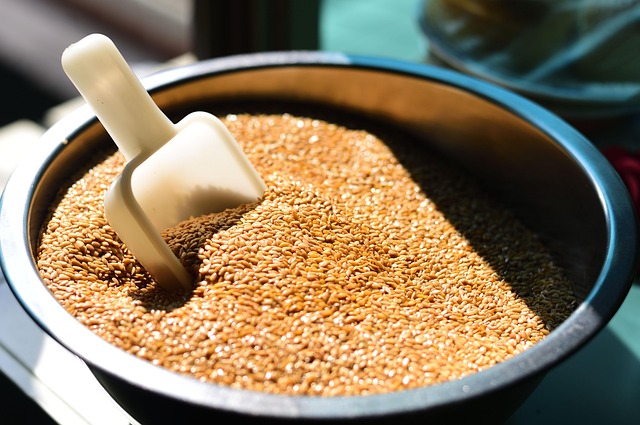
Flaxseeds are rich in lignins (phytoestrogens) and omega-3 fatty acids. These compounds may help balance estrogen levels and reduce inflammation, both key factors in easing menstrual cramps. Phytoestrogen may serve as a natural remedy to relieve menstrual issues, but at the moment, more research is necessary to figure out how it can be done safely [9].
8. Fish
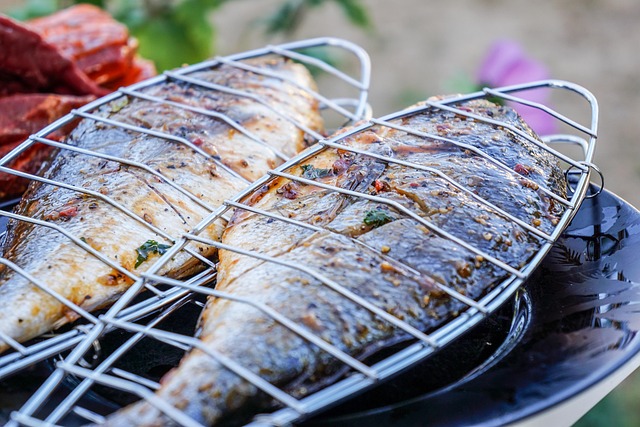
Fatty fish like salmon, sardines, and mackerel provide omega-3 fatty acids (EPA and DHA), which reduce inflammation and lower prostaglandin levels.
A randomized controlled trial found that omega-3 supplementation can help to reduce the intensity of primary dysmenorrhea and reduce the need for ibuprofen use [10], making fish one of the best foods to help with period cramps.
9. Oats
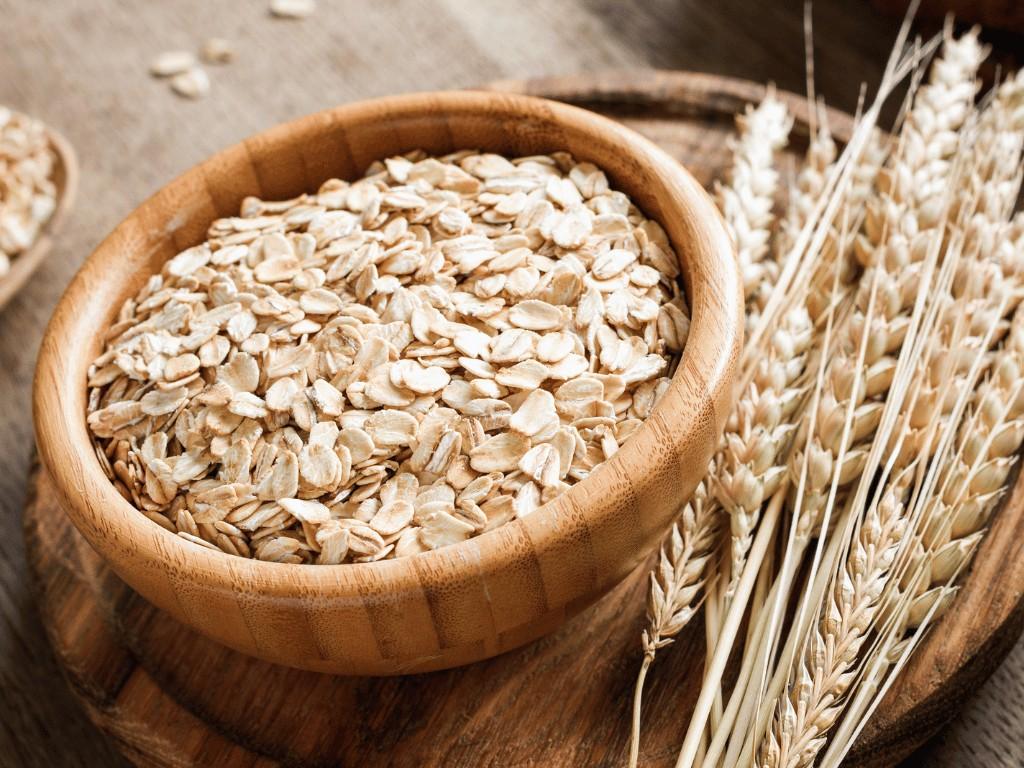
Oats are a whole grain high in magnesium and fiber. Magnesium relaxes muscles, reducing cramps, while fiber helps regulate estrogen levels by improving digestion.
Studies also suggest that whole grains can help to support mood, especially when you’re going through PMS symptoms, as they release a steady amount of glucose [11].

Smarter Nutrition Tracking
Track calories and over 100 other nutrients all in one place.
Download Eato For Free10. Vegetables
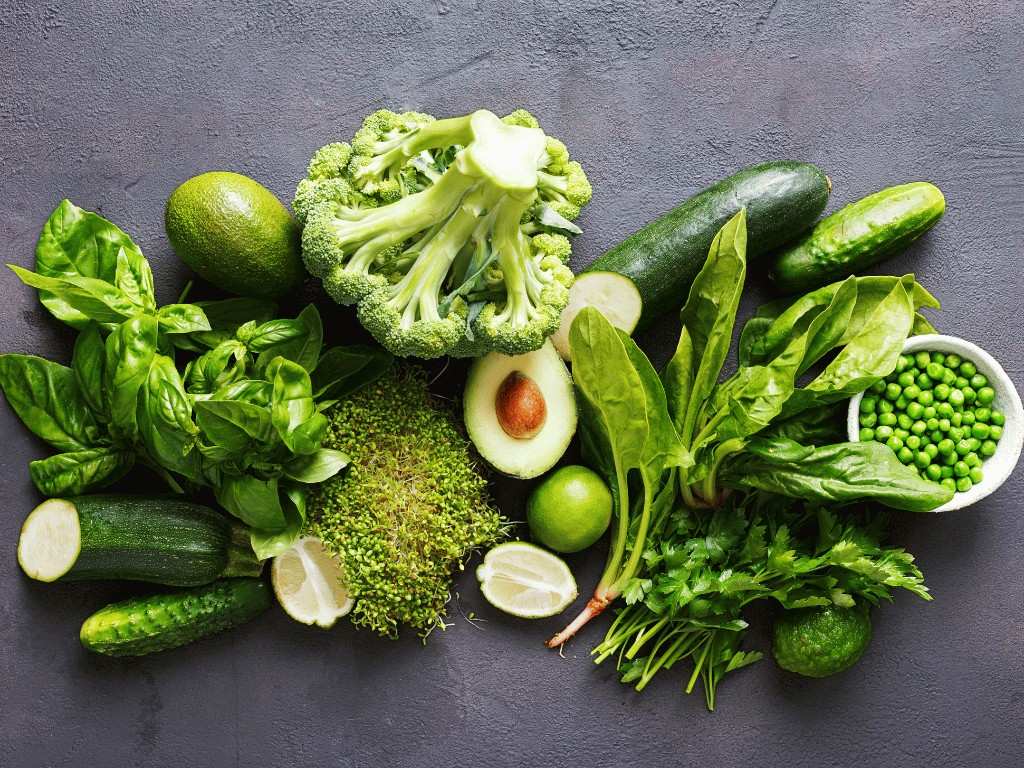
Dark leafy greens like spinach and kale are rich in calcium, magnesium, and iron, which help relax muscles and replenish nutrients lost during menstruation.
For example, cruciferous vegetables such as broccoli, cauliflower contain compounds that can support the metabolism of estrogen, to potentially ease PMS symptoms [12], making vegetables one of the best foods to help with period cramps.
Does Chocolate Help With Period Cramps?
Yes, dark chocolate, in particular, can help to relieve period symptoms. Various studies have shown that consuming chocolate has a positive effect on menstrual pain.
A 2022 randomized controlled trial that included nursing students with primary dysmenorrhea found that consuming dark chocolate three days before menstruation and the first day of menstruation had led to significantly reduced menstrual symptoms and anxiety.
The reason chocolate helps is due to the compound present in it. Chocolate contains copper, which the body utilizes to synthesize collagen and endorphins. Endorphins help to reduce the severe symptoms felt [13].
Foods to Avoid for Period Cramps
Certain foods can worsen the pain that you feel during your period. According to research, consuming highly inflammatory foods suh as processed foods, red meat, salty snacks, and foods high in added sugar can contribute to painful periods [14].
As much as possible, you should try to avoid foods like:
- Alcohol
- Coffee
- Red meat
- Fatty foods
- Spicy foods
- Refined sugars
- Refined grains
The Final Takeaway: Relieve Period Pain with Food
At the end of the day, you have to understand that you don’t need to rely only on painkillers to help you get through the painful symptoms that come with menstruation. Certain foods are packed with nutrients that relax muscles, reduce inflammation, and balance hormones, making those days a little easier to get through.
In fact, it’s more about the small changes to your diet that help to ease discomfort. If you’re ready to discover what works best for your body before, during, and after your cycle, consider using the Eato app. The Eato app allows you to log meals, track your nutrients, and build habits for a smoother, healthier period every month. Try it today for free!

Smarter Nutrition Tracking
Track calories and over 100 other nutrients all in one place.
Download Eato For Free

